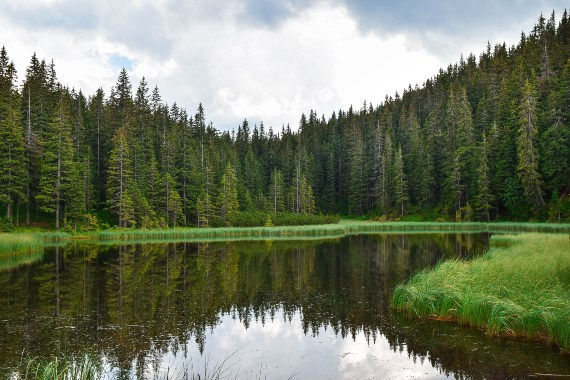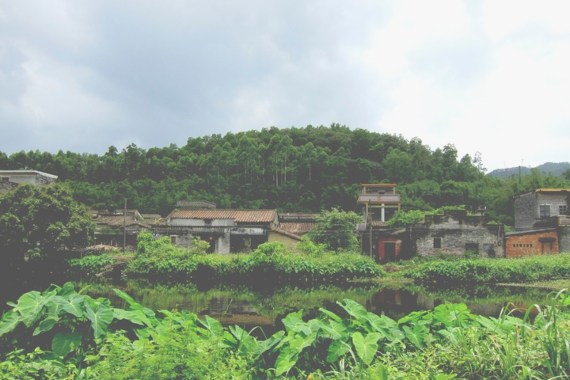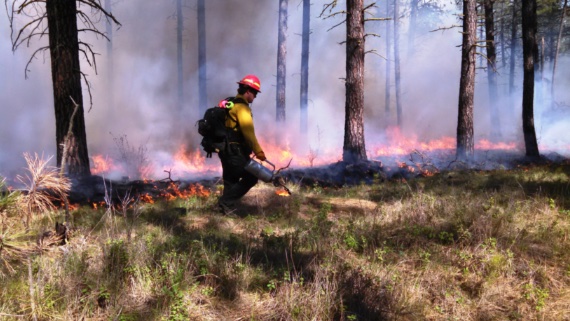Forests are a natural habitat in which nature is at its most majestic and diverse, as they are home to 80% of the planet’s animal and plant species. Such is the importance of forests that, in 2012, the United Nations proclaimed 21 March as International Day of Forests, a date we have been celebrating since 2013. Official organizers, including the UN Forum on Forests and The Food and Agriculture Organization (FAO), have been working alongside other partners to showcase the wealth of these ecosystems.
Despite occupying one third of the earth’s land surface —approximately 4 billion hectares on almost every continent— forests are facing a critical threat. In the last decade, these valuable ecosystems have been disappearing at an alarming rate of 5.2 million hectares a year. Yet there is still more data worth looking at.
1. Forests: great at carbon dioxide (CO2) storage
We often hear that trees clean the air from pollutant gases, such as carbon monoxide, nitrogen oxides and sulfur oxides. Trees are particularly good at storing carbon in their wooden trunks. In fact, they are so good at it that tropical forests contain more carbon than the amount of carbon humanity has emitted in the last thirty years by burning coal, oil and natural gas.

Forests absorb carbon through photosynthesis, though they can also release their stored carbon as a result of deforestation, fire or decomposition. Yet the amount of carbon that forests can sequester as the planet warms depends on the balance between tree growth —stimulated by higher levels of atmospheric carbon— and tree stress and even death caused by rising temperatures and drought.
Therefore, proper forest management should be considered in order to prevent a fatal outcome for humanity and to continue enjoying these fascinating natural treasures.
2. Forests: humanity’s supermarkets
Forest systems capture CO2 from the atmosphere thanks to the sun’s energy. Plants transform inorganic molecules into organic molecules that they then use to build their vital structures: flowers, fruit, stems, trunks, roots, leaves, etc. These products that are created will be consumed by animals and humans alike, and the carbon they contain will once again be released into the atmosphere.

Forests are vital ecosystems that provide a wide range of products, such as timber, forest fruits and resins, with significant market demand locally, nationally and internationally. Aside from generating income and jobs, these products also provide food, medicines and fuel for heating homes and cooking.
Moreover, the timber extracted from forests can also be used more sustainably to build homes and other structures in towns and cities, thus making a hugely valuable contribution to responsible and environmentally friendly development.
3. Forests: the planet’s lungs
Immense amounts of oxygen are constantly being created on the Earth. But even though the Amazon rainforest is the largest forest on the planet, it actually makes only a minor contribution to this total production. Approximately 50 percent of photosynthesis takes place in the oceans, thanks to phytoplankton and algae in the upper level of water that receives sunlight, making the oceans the planet’s real lungs.

While the Amazon and the other forests of the world may not be the Earth’s lungs, their importance to the planet’s health is indescribable: they host the most fecund biodiversity in the world – from their 2.5 million species of insects and 20 percent of all of the planet’s birds, to their 40,000 different types of plants. One fifth of the world’s freshwater flows through the Amazon River to the oceans, and their role in the global water cycle and the regulation of the Earth’s climate is irreplaceable.
4. Mini-forests in cities: salvation?
There are certain myths surrounding what plants can and cannot do, but there is no question that they are not confined to nature, as can and should live among us as well. They are an essential part of more sustainable cities and of healthier interior environments, and they will become more and more crucial.

Green spaces in cities are not just there to make the cityscape look nicer or for recreational reasons; they also help us achieve various UN Sustainable Development Goals (SDGs).
According to environmental botanists Jessica Turner-Skoff and Nicole Cavender, “the benefits that trees provide can help cities and countries to meet at least 15 of the 17 UN Sustainable Development Goals (SDGs).” According to the World Economic Forum (WEF), the benefits of green cities are fivefold: environmental, social, economic, biodiversity enriching, and beneficial to health.
In environmental terms, trees act as natural climate regulators, reducing the heat island effect and lowering energy consumption. They function as “carbon dioxide vacuum cleaners”, balancing the ecological system by absorbing CO2. The presence of trees not only protects against pollution-related diseases, but also improves the overall quality of health among residents.
Moreover, trees in urban settings foster quality of life, social equity and inclusion by helping to build local communities, promoting urban biodiversity and offering protection and a better life for all those who live nearby.
5. Fire: their greatest enemy?
Climate change is increasing the frequency and intensity of forest fires around the world, making them one of the greatest threats to nature and its inhabitants, including humans. In its Sixth Assessment Report published in 2021-2022, the United Nations Intergovernmental Panel on Climate Change (IPCC) stated that “in the Amazon, Australia, North America, Siberia and other regions, forest fires are burning larger areas than in the past.” In addition, the increase in these fires feeds back into climate change due to the carbon accumulated in the biomass that is released into the atmosphere.

However, in the 1990s, the U.S. started to introduce greater use of controlled fire as an ecosystem management tool, as fire is a natural part of coniferous forest communities and there are numerous species of plants and animals that depend on severe fire to survive: sequoias, for example, whose pine cones need fire to open and release the seeds. In some areas of Yosemite Park and Sequoia-Kings Canyon Park, fire has reduced forest mass by 20 percent. This has fostered the growth of scrubs and grasslands, increased the humidity of the soil in summer by 30 percent; decreased tree mortality from drought and facilitated adaptation to climate change. But all that glitters is not gold, as large fires are destroying the ozone layer.
Forests are one of the most important ecosystems on the planet. Not only are they home to a large number of animal and plant species; they are also essential to regulate the climate and air quality. Forests are also an important source of natural resources for human beings. However, they are being threatened by deforestation and climate change. It is important that we take measures to protect and preserve these valuable ecosystems for future generations.
Comments on this publication